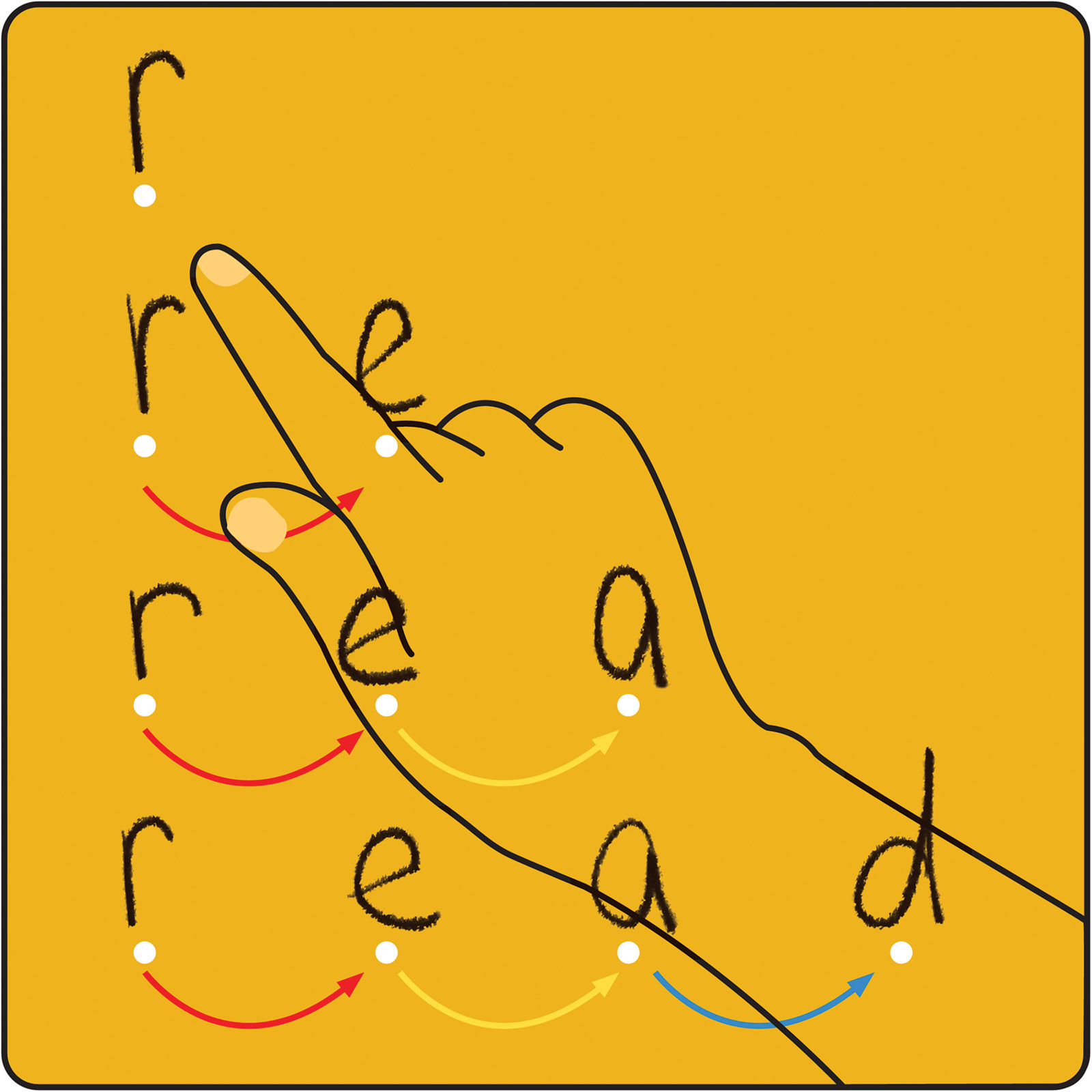Reading Instruction
In this blog entry, I am sharing the summary of a podcast series that examines some of the instructional strategies and tools many educators (including myself...) have been using to teach and assess reading and writing. I must say that listening to this podcast has both shocked and awed me, and I feel it is extremely important to share this with others. To be clear, my goal here is to reflect upon and refine my own practice to more powerfully impact my own students' growth by examining research-based strategies.Enter Sold a Story...
I begin my dive into reading instruction with an American Public Media 6-episode podcast. It was created, researched, and narrated by Emily Hanford, and is called "Sold a Story". It is basically her research on how children learn to read, how reading is taught, and why some students struggle. To quickly get us on the same page, here are summaries of the six episodes (taken from the author's summaries on Spotify):
*** Complement this reading with: Emily Hanford’s collected reporting on reading
Source:
“Sold a Story” podcast, Episode TK (TK, 2020).
- 1: The Problem: Corinne Adams watches her son's lessons during Zoom school and discovers a dismaying truth: He can't read. Little Charlie isn't the only one. Sixty-five percent of fourth graders in the United States are not proficient readers. Kids need to learn specific skills to become good readers, and in many schools, those skills are not being taught.
- 2: The Idea: Sixty years ago, Marie Clay developed a way to teach reading she said would help kids who were falling behind. They’d catch up and never need help again. Today, her program remains popular and her theory about how people read is at the root of a lot of reading instruction in schools. But Marie Clay was wrong.
- 3: The Battle: President George W. Bush made improving reading instruction a priority. He got Congress to provide money to schools that used reading programs supported by scientific research. But backers of Marie Clay’s cueing idea saw Bush’s Reading First initiative as a threat.
- 4: The Superstar: Teachers sing songs about Teachers College Columbia professor Lucy Calkins. She’s one of the most influential people in American elementary education today. Her admirers call her books bibles. Why didn't she know that scientific research contradicted the reading strategies she promoted?
- 5: The Company: Teachers call books published by Heinemann their "bibles." The company's products are in schools all over the country. Some of the products used to teach reading are rooted in a debunked idea about how children learn to read. But they've made the company and some of its authors millions.
- 6: The Reckoning: Lucy Calkins says she has learned from the science of reading. She's revised her materials. Fountas and Pinnell have not revised theirs. Their publisher, Heinemann, is still selling some products to teach reading that contain debunked practices. Parents, teachers and lawmakers want answers. In our final episode, we try to get some answers.
Source:
“Sold a Story” podcast, Episode TK (TK, 2020).

